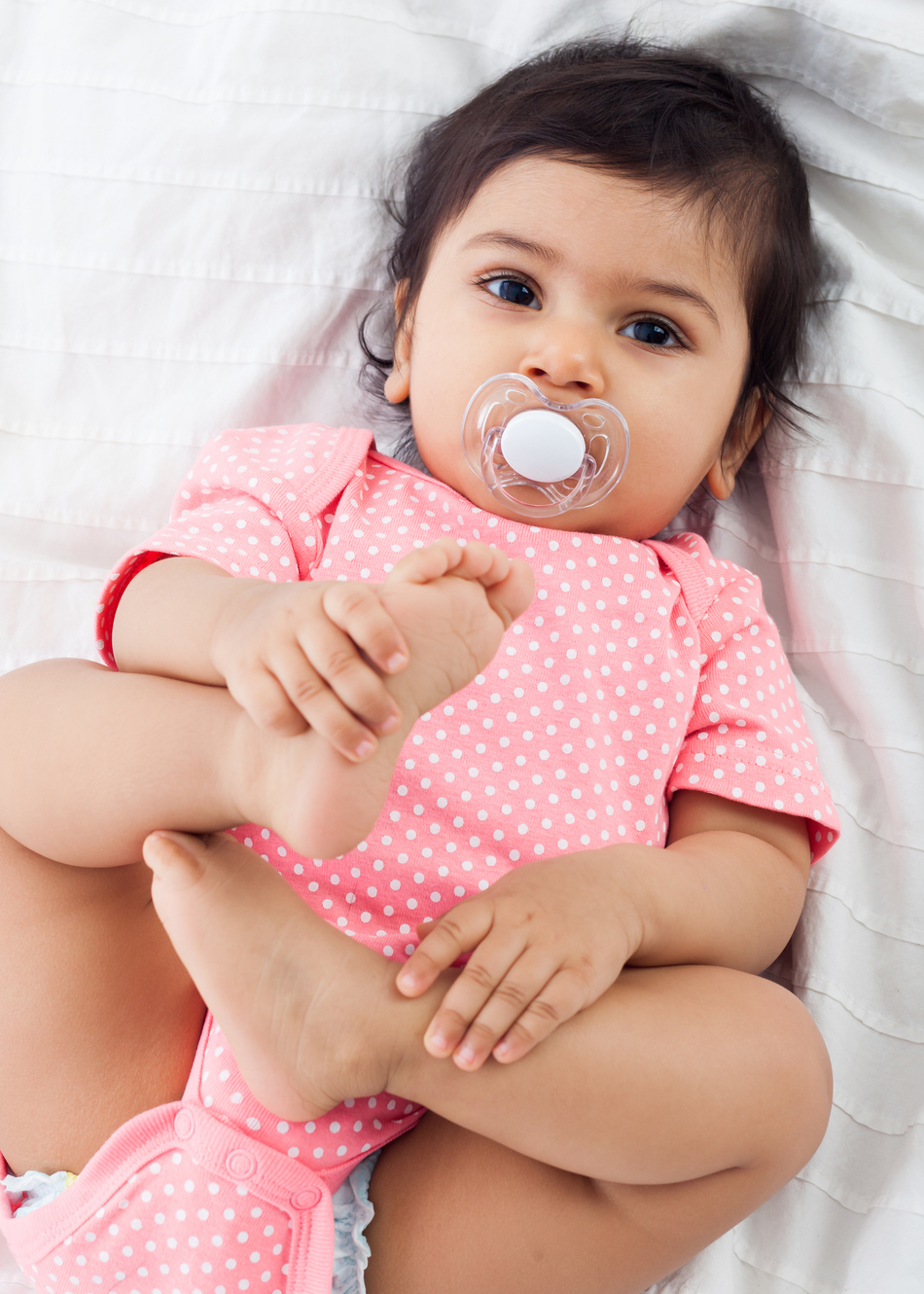
Episode Transcript
Pacis, binkies, soothers, whatever you want to call them, pacifiers can be a great way to calm your baby. But what if your child is on them for too long and when is too long and how to get them off of the pacifier?
Pacifiers can be a lifesaver for some. My older son took one for a bit. But when he was about five months old, he learned to take it out and chuck it over his head when he was in the rear-facing car seat when we were driving. After a few times of it landing in the front seats or bouncing off the front window, we said, "You're done." He didn't miss it. I wish our younger son took a pacifier. He had colic. He had no interest in the pacifier.
The American Academy of Pediatrics recommends pacifiers be used at naps and nighttime to reduce the risk of SIDS. Also, new babies suck on things to calm down. It's a natural reflex for them. That's why they like pacifiers and their hands and your hands and anything else they can stick in their mouth. The problem I see often is that older kids, even up until kindergarten age, sometimes refuse to give the pacifier up. Also, some babies get so attached to the pacifier, even when they get older, that if they can't find the pacifier in the middle of the night, they will scream and wake you up and get you to put it back in their mouths.
So when is the best time to try and get off the pacifier? Well, up until age three, it's going to be based on what works best for the parent and the child. Usually, after age two, children should only be using it at night. They don't need it all day long. The American Academy of Pediatric Dentistry says that they should be off of it by age three because it really affects their tooth development and how their teeth fit together. Those pointed out top teeth that you know will require braces in the future, that's what I'm talking about. Yes, these are baby teeth, but when the mouth shapes itself, the jawbones and the palate become deformed with prolonged pacifier use and the adult teeth come in that way too. Dentists say that if your child stops using a pacifier by age three, their mouth shape often corrects itself. If your child is reluctant, it can lead to a lot of problems, including orthodontist bills and even sometimes speech therapy to help correct speech problems that result from the remolding of the mouth shape. And because kids who have a binky in their mouth all the time often have a delay in language development. In fact, some speech pathologists recommend getting rid of the binky before age one.
So how do you get your child off of their beloved pacifier? You can start by hiding it, losing it during the day so they only get it during the night. You can cut the tip off and say it's broken. Or for older children, you can have the binky fairy come and take all the binkies to new babies who need them more and replace them with fun, new toys. Some specialists even recommend going cold turkey and just throwing them away, enduring a few hard days and nights and replacing the pacifier with a new comfort object, such as a stuffed animal or a blanket that your child can learn to soothe themselves with.
If you're having a hard time with getting your child off the pacifier, talk to your child's pediatrician about some tips that might work for your particular situation. The good news is, eventually, kids do give up the binky.